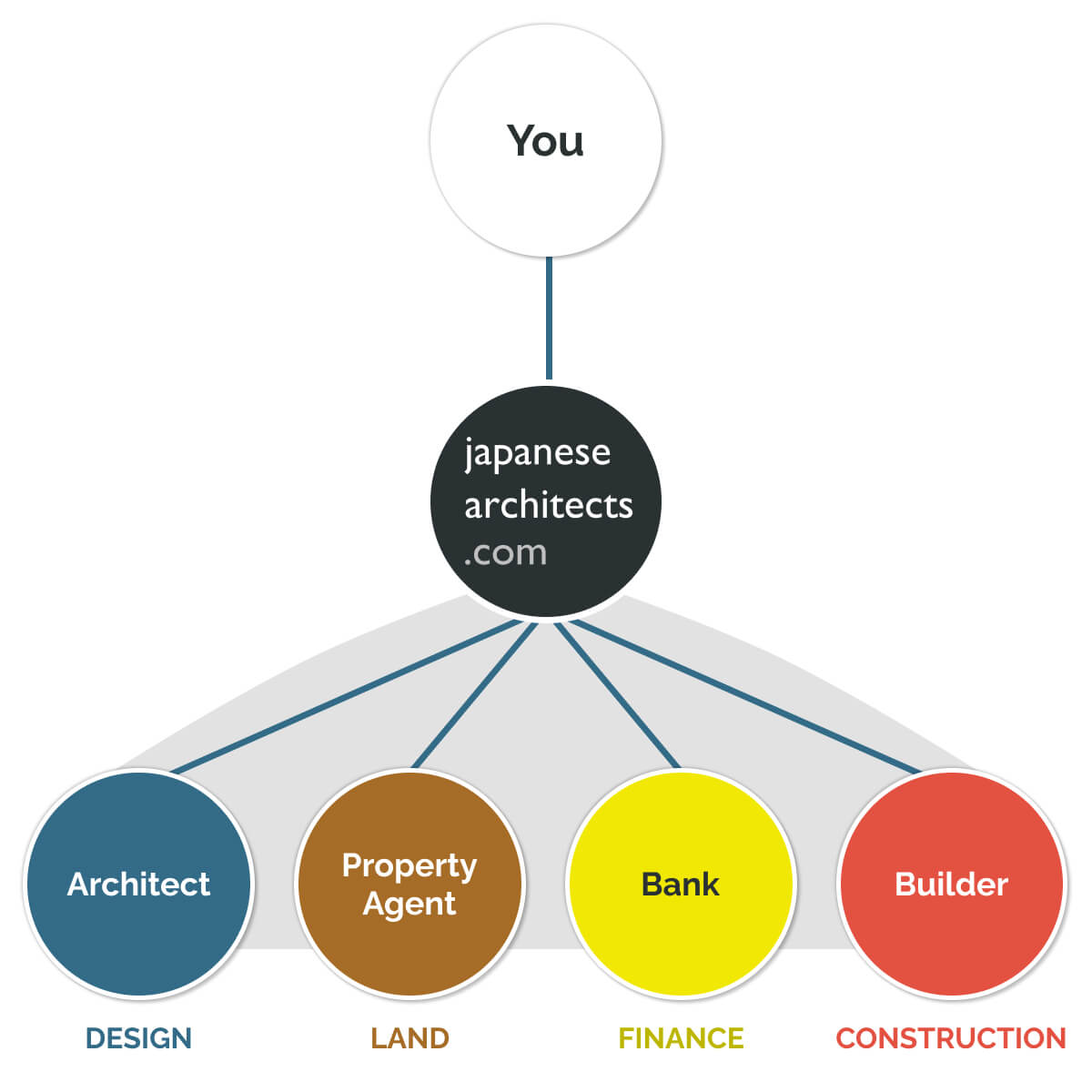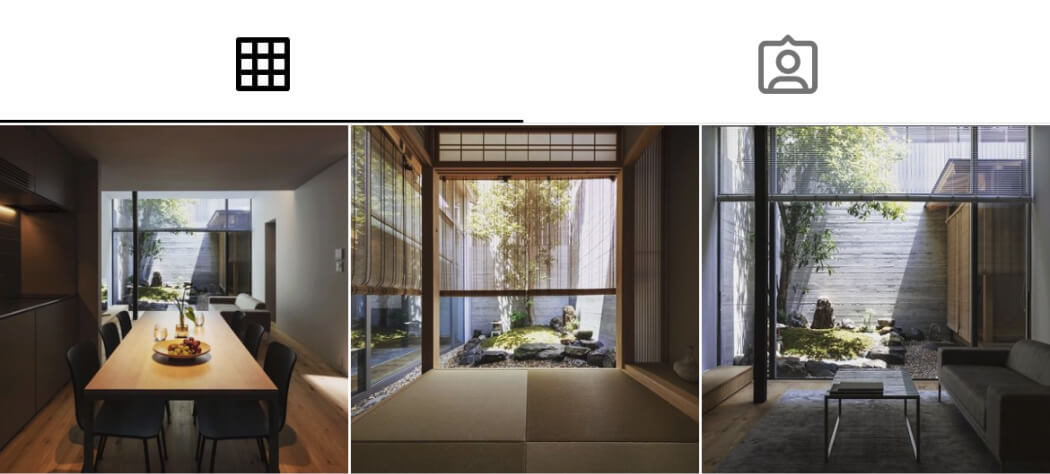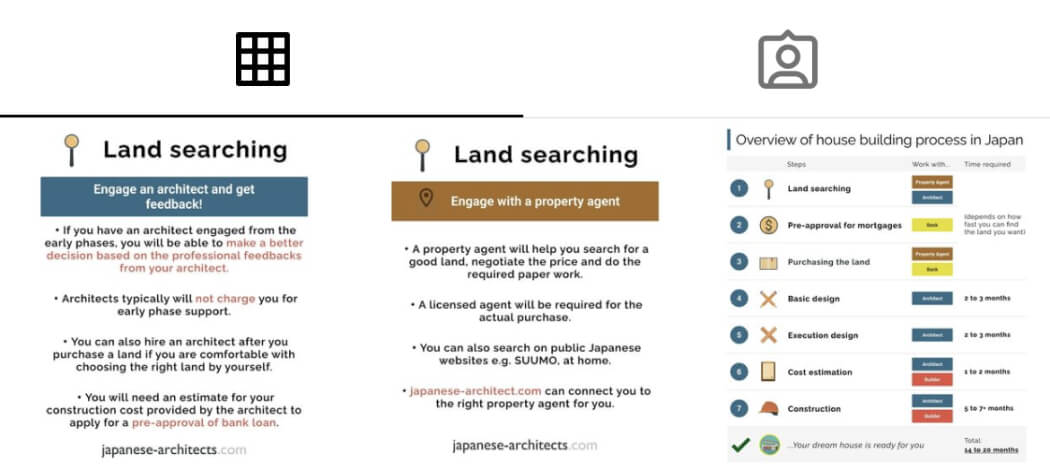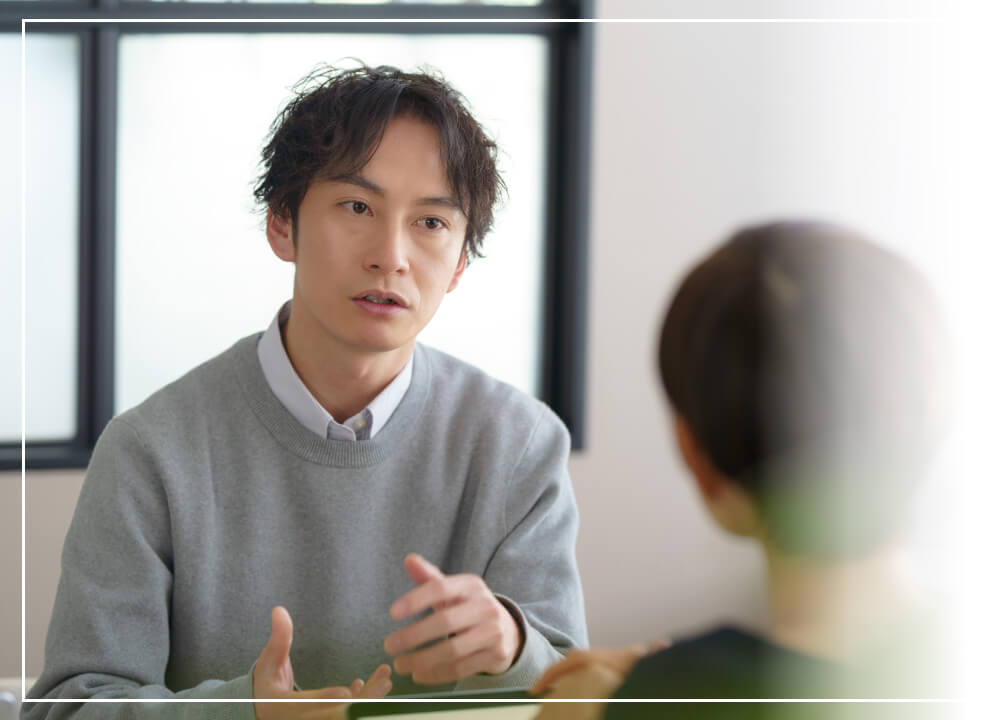How to Build a Tsuboniwa(坪庭)without Fail! Introducing a Wealth of Merits, Demerits and Beautiful Examples
If a tsuboniwa garden is not designed with the right points in mind, it may turn out to be completely different from the image you have in mind. However, for those who are creating a tsuboniwa garden for the first time, it is probably true that they do not know what to pay attention to.
Here we explain how to create a tsuboniwa garden without making mistakes and tips for making it more beautiful, along with a wealth of examples. If you read to the end, you will understand the key to creating a more beautiful tsuboniwa.
First, here are the summary points of this article.
- Tsuboniwa is a garden that can be seen and enjoyed from inside a room, surrounded by walls, etc.
- Benefits include openness, lighting, and ventilation
- On the other hand, there are disadvantages such as making the space inside the building smaller
- There are precautions to be taken when making each location, such as the entryway and living room
- You can create a more beautiful tsuboniwa if you keep the tips in mind
- It is important to choose plants, gravel, and garden stones carefully
<Table of Contents>
- 1.Tsuboniwa is a garden where you can enjoy the scenery from indoors
- 2.Advantages of creating a tsuboniwa
- 3.Disadvantages of tsuboniwa
- 4.Points for each place to create a tsuboniwa
- 5.Tips for designing a tsuboniwa in style
- 6.How to create an actual tsuboniwa garden and points to note
-
7.7 examples of beautiful tsuboniwa gardens
- 7-1.Tsuboniwa in Western design
- 7-2.A tsuboniwa garden with a karesansui arrangement
- 7-3.Japanese modern tsuboniwa garden incorporated into an old private house
- 7-4.Tsuboniwa surrounding a wood deck
- 7-5.Tsuboniwa garden integrated with the living room
- 7-6.Tsuboniwa at a rooftop
- 7-7.A tsuboniwa garden utilizing a balcony
- 8.Summary
1. Tsuboniwa is a garden where the view can be enjoyed from indoor
A tsuboniwa is a compact garden that is surrounded by a fence or building wall, as if it were located within a tsubo. Visitors enjoy looking at the plants and stones planted in the tsuboniwa from inside the room through a window.
It is said that tsuboniwa originally originated in the Heian period (794-1185), when trees were planted along the sides of corridors connecting buildings to improve their appearance. In order to allow sunlight and ventilation to penetrate into the rooms at the back of the building, windows were built facing the areas where the plants are. Gradually, people began to view the plants through these windows, and this developed into the modern way of enjoying tsuboniwa.
2. Advantages of creating a tsuboniwa
Creating a tsuboniwa garden in your home has the following advantages besides enjoying the scenery of the garden.
2-1. Brightens and ventilates the room
By creating a window facing a tsuboniwa (small garden) in a building, it is possible to make the interior brighter. The window also allows air to flow in and ventilate the room.
2-2. Enjoy nature and openness
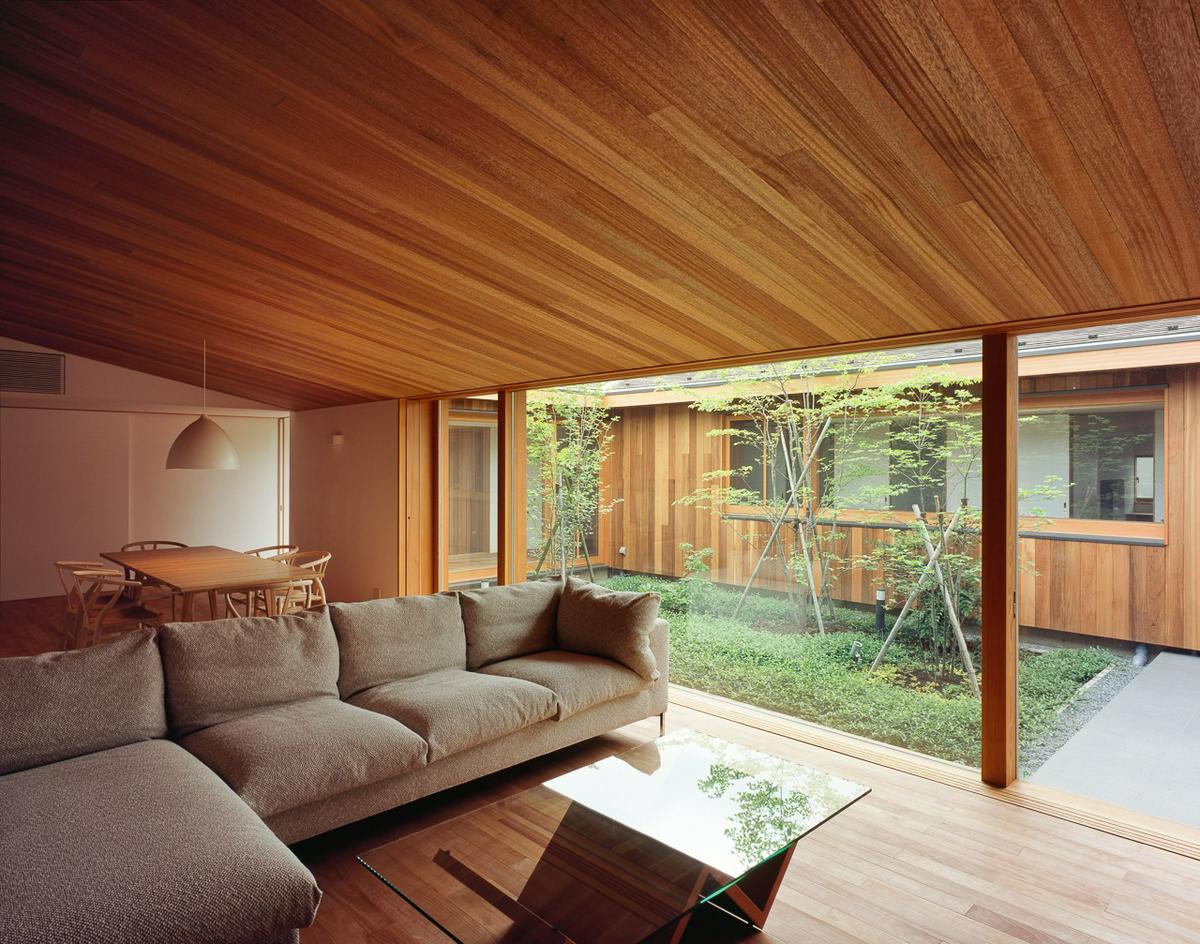


When you create a tsuboniwa, you can see plants and garden stones outside the window, allowing you to feel nature even while indoors. This is a big difference from having only the walls and fences of the building visible outside. In addition, windows facing tsubo-niwa are often larger, giving a sense of openness.
2-3. Not as much work as a large garden
Because tsuboniwa gardens are relatively compact in size, they have the advantage of not requiring as much maintenance as larger gardens. Gardens require a surprising amount of time and effort to maintain the plants and remove weeds. However, a tsuboniwa garden is minimal in size and has few plants, so it does not require much work.
3. Disadvantages of tsuboniwa
While there are many advantages, tsuboniwa also have the following disadvantages that you should know in advance.
3-1. Building will be smaller
If a tsuboniwa garden is built on a site of limited size, the building will become smaller by that amount. Therefore, when planning a tsuboniwa on a small lot, it is important to consult with an architect or other specialist and design it while considering the best balance between the building and the tsuboniwa.
3-2. Some care required
Even a small tsubo-niwa garden requires care, such as picking up fallen leaves and pulling weeds, to keep it looking beautiful. If you want to make your tsuboniwa as hassle-free as possible, it is a good idea to choose evergreen plants that do not lose their leaves in the fall or winter. Also, thick gravel or tiles on the ground will help prevent weeds from growing.
4. Points for each place to create a tsuboniwa
Tsuboniwa will look better if you pay attention to how it is made to match the location where it is created.
4-1. Large windows in the entrances and halls
When creating a tsuboniwa garden inside the entrance or facing the hall, try to make the window as large as possible. If you can see the tsuboniwa through a large window, the entrance, which tends to be small, will seem larger. Also, if the tsuboniwa garden is placed in a direction that is immediately noticeable upon entering the entranceway, it will leave a strong impression on visitors.
However, if too many trees are planted in a tsuboniwa, they will block the light and make the inside of the entrance darker. Try to minimize the number of plants as much as possible to create a sense of spaciousness and brightness.
4-2. Consider the viewing position of the living room
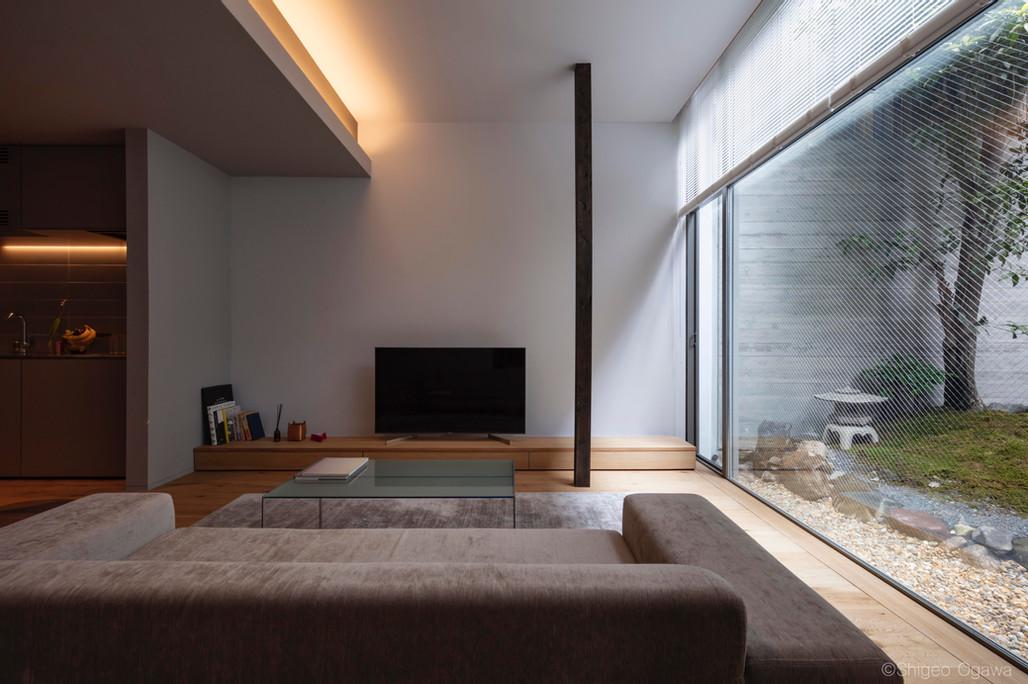


When creating a tsuboniwa garden facing the living room, plan it so that the plants and garden stones can be seen most beautifully from where you sit.
Also, if the tsuboniwa is considered together with the design of the living room, the overall design will not be blurred. For example, if the living room is simple in design, the tsuboniwa garden should be less decorative to create a space with a sense of unity.
4-3. Note the position of the window in the bath
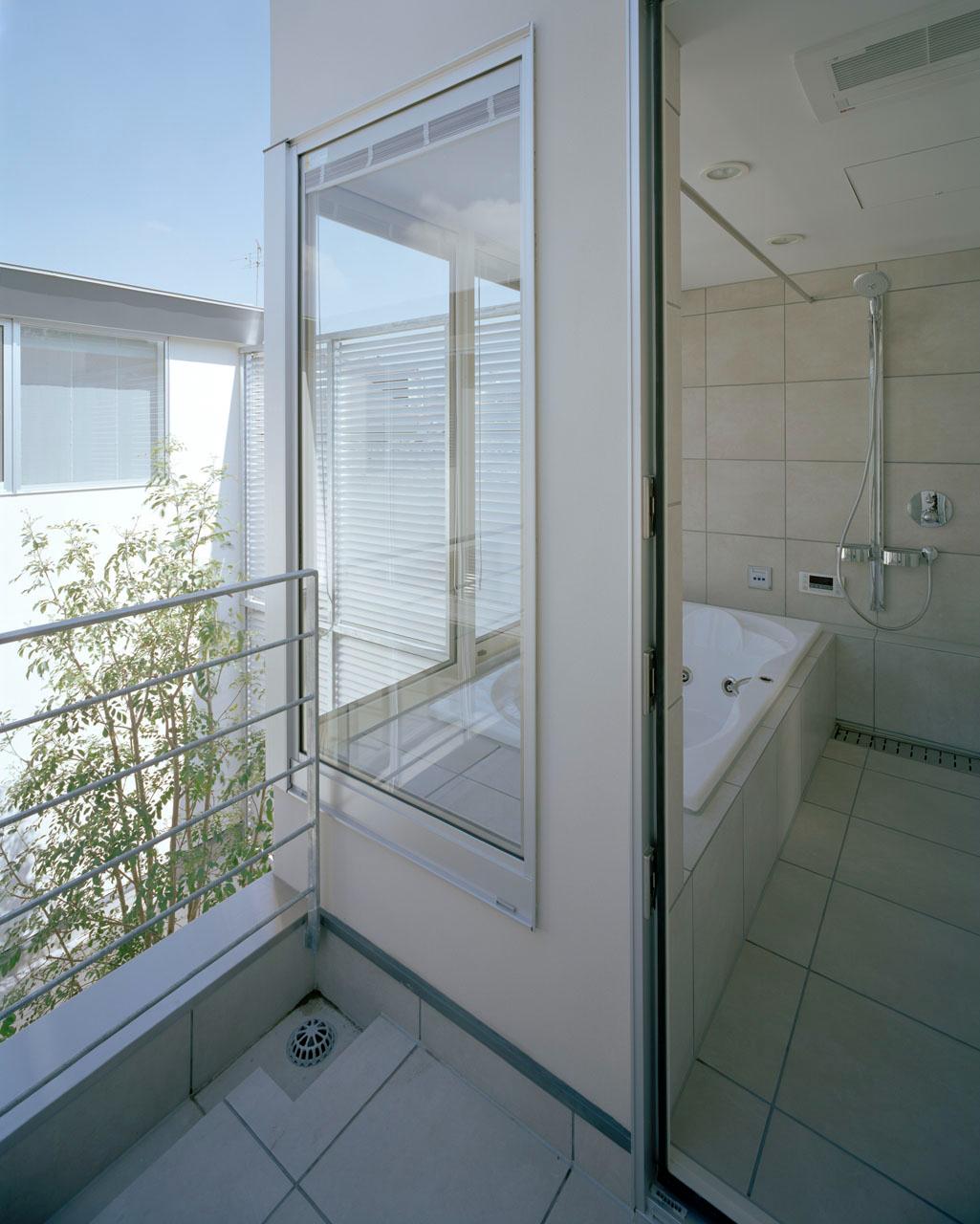


When creating a tsuboniwa garden that can be seen from the bathtub, it is important to consider how the tsuboniwa garden will look from the position of soaking in the bathtub. For example, if a tsuboniwa garden is created outside the window next to the bathtub, only the top part of the plants will be visible when you take the bath and immersed in hot water. For this reason, we choose plants whose foliage and branching can be enjoyed.
Alternatively, one wall of the bathroom can be made of glass so that the entire tsuboniwa garden can be viewed. Note that the position and size of the window in the bathroom can greatly affect the view of the tsuboniwa.
4-4. Be simple, such as by the front door
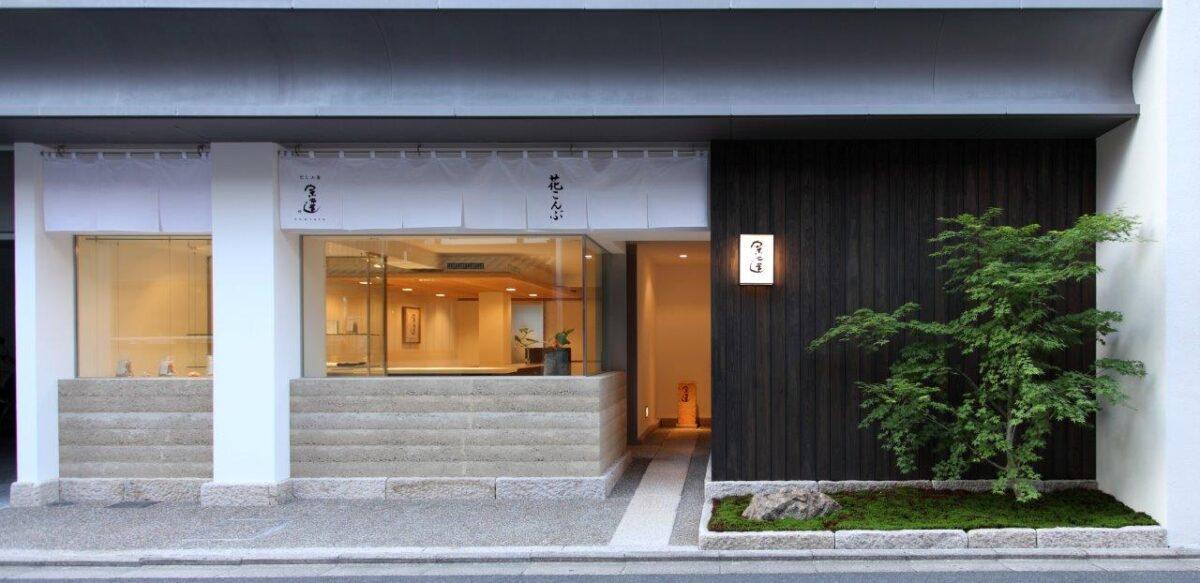


It is recommended that tsubo-niwa created by the entrance or along the approach be as simple in design as possible. This is because the tsuboniwa is close to the viewer by the entrance, and too many plants and trees can make the viewer feel oppressed.
For example, it would look more like a tsuboniwa if one or two symbolic plants are used and garden stones and gravel are shown clearly. The tsuboniwa garden by the entrance should be designed to create a sense of spaciousness by creating an appropriate gap between the plants.
4-5. Indoor tsuboniwa garden is part of the interior design
A tsubo-niwa garden created indoors should be carefully designed while considering the balance with its surroundings. This is because unlike an outdoor tsuboniwa, which becomes a separate space through a window, an indoor tsuboniwa has a direct impact on the room design.
If a Japanese-style tsuboniwa garden were to be created in a room with a simple Western design, it would create an unbalanced space. Or, if you place garden stones that are too large for the room, it may create an unsettled atmosphere. It is best to design an indoor tsuboniwa garden as part of the room's interior design.
5. Tips for designing a tsuboniwa in style
To make your tsuboniwa beautiful, consider the following four tips for design.
5-1. Western style with modern finishes
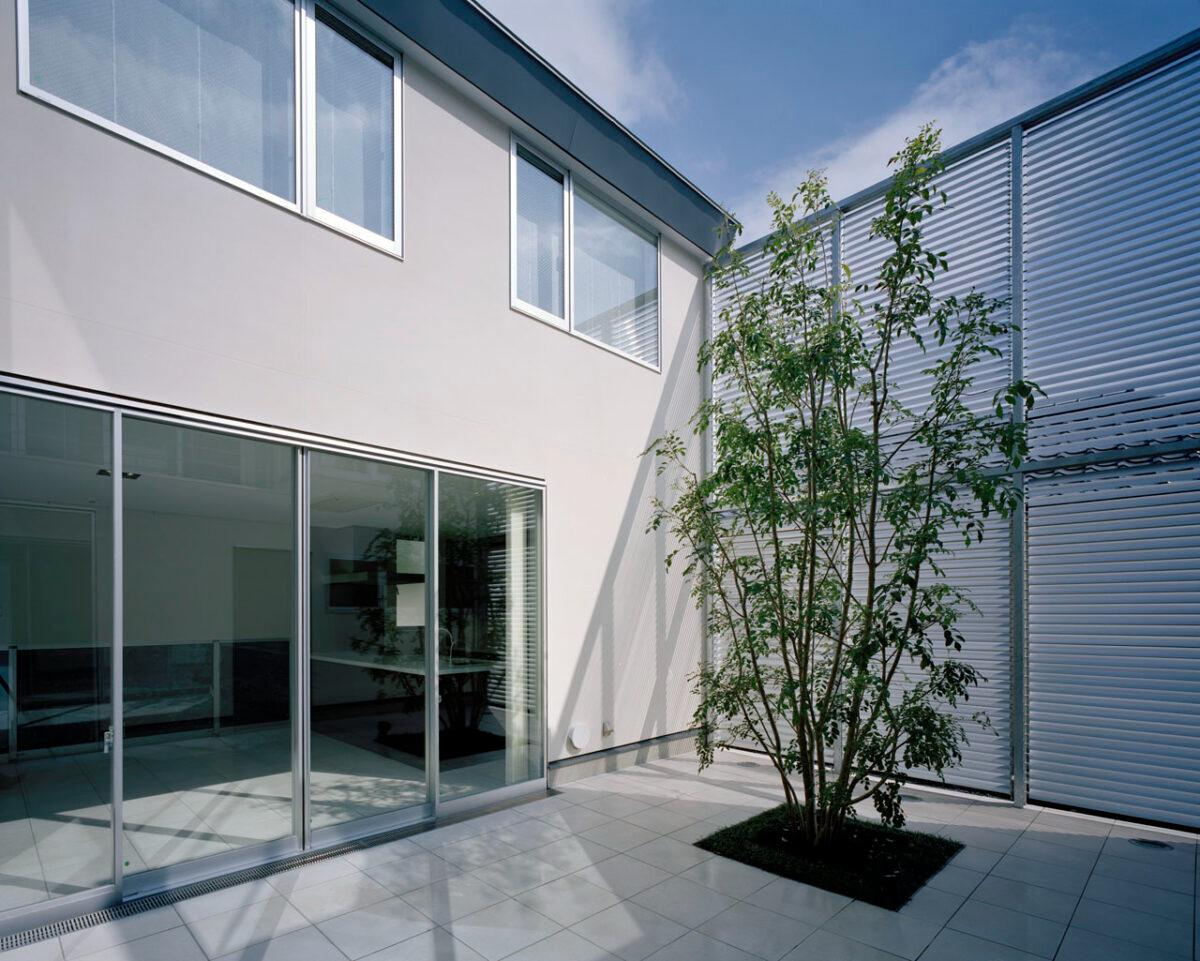


To give a tsubo-niwa a Western look, it is effective to use modern touch such as tiles or wood decking for the ground. In addition, the walls and fences surrounding the tsubo-niwa garden should have a linear design and be made of modern materials to give it a more Western look.
Of course, it is possible to create a Western-style garden by using more natural materials and showing the ground. However, such a tsuboniwa requires delicate design skills, so it is best to leave it to a professional such as an architect.
5-2. Eye-catchingeye with reference to karesansui (枯山水, dry landscape garden)
Karesansui is a method of creating a garden that uses garden stones and sand to represent natural mountains and rivers. This simple yet tasteful design should be actively incorporated in the creation of tsuboniwa gardens.
In the karesansui style, garden stones are placed in a single spot, like an island. Even in tsuboniwa (small garden), if you dare to use fewer garden stones, you will be able to see the garden stones more clearly. In Karesansui, lines called "Sunamon(砂紋)" are drawn on the sand to represent the flow and swell of waves. This is a point that you should definitely try to imitate if you want to create a more eye-catching tsuboniwa garden.
5-3. Recommended to limit the number of plants
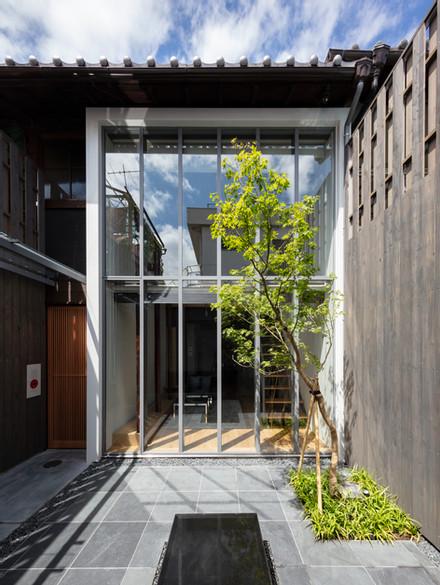


If you want to make your tsuboniwa garden beautiful, try to limit the number of plants. Too many plants can create a messy impression of a tsuboniwa garden without a clear point of view.
It is better to have only one or two favorite plants, so that the color and shape of the plants as well as other parts of the garden can be clearly seen. Then the design of the plants and the ground finish will be well combined to create a more beautiful tsuboniwa.
5-4. Decide where you want to look closely and design it
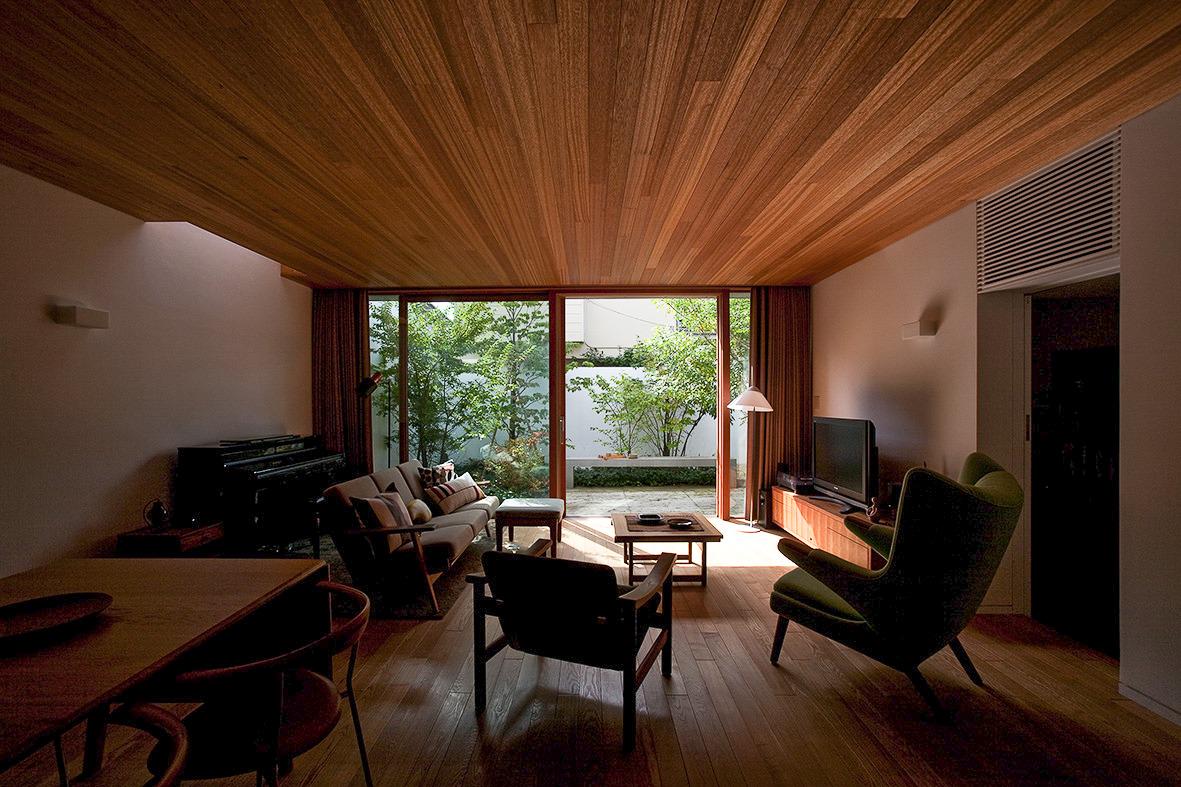


If you want to create a beautiful tsuboniwa garden, decide where you want to see it best, and design it so that it looks best from that vantage point. Even if you have taken the time to create a tsuboniwa, its value will be reduced by half if it does not look good from a good vantage point.
If you often sit on the sofa and look at the tsuboniwa garden, you can design that direction as the "front" of the tsuboniwa garden. Or, if you enjoy the tsuboniwa while dining at the dining table, you may choose that direction as the "front" of the tsuboniwa. The more you design your tsuboniwa with a specific place to view it, the longer you will be able to enjoy its appearance.
6. How to create an actual tsuboniwa garden and points to note
In order to avoid failure in tsubo-niwa creation, it is important to pay attention to the details of the creation process. In particular, the four points described below will greatly affect the degree of completion of your tsuboniwa.
6-1. Ensure that plants grow healthy
A tsuboniwa garden should be designed to allow good ventilation and drainage so that plants and trees can grow healthy. If the environment is poor and the plants die, the tsuboniwa will be ruined.
First, the top of the tsuboniwa garden will be opened up for better ventilation, and the surrounding area will be fenced off with gaps rather than walls. Furthermore, drainage channels are provided around the tsubo-niwa to allow excess water from watering and rain to drain away easily.
Since tsuboniwa tend to receive less sunlight, choosing shade-tolerant tree species, introduced next, will make it easier for plants to grow.
6-2. Select shade-tolerant tree species
For trees to be planted in tsuboniwa gardens, select species that can grow well even in low sunlight. For example, Soyogo(ソヨゴ, longstalk holly)is a good choice for tsuboniwa because it grows easily in the shade and is tolerant of cold. It grows slowly and is easy to care for, making it ideal for those who want a tree that requires as little work as possible.
Another tree species is the camellia, which is easy to grow even in low sunlight and requires little effort. It is evergreen, with leaves that do not fall much even in winter, so you can enjoy its greenery throughout the year. In addition, the flowers that bloom from late fall to early spring add color to tsuboniwa gardens.
There are many other types of plants that can easily grow in the shade. Please let an outside contractor or other contractor know your desired tsuboniwa image and ask him or her to suggest the best plants, including design.
6-3. Consider the overall balance of garden stones
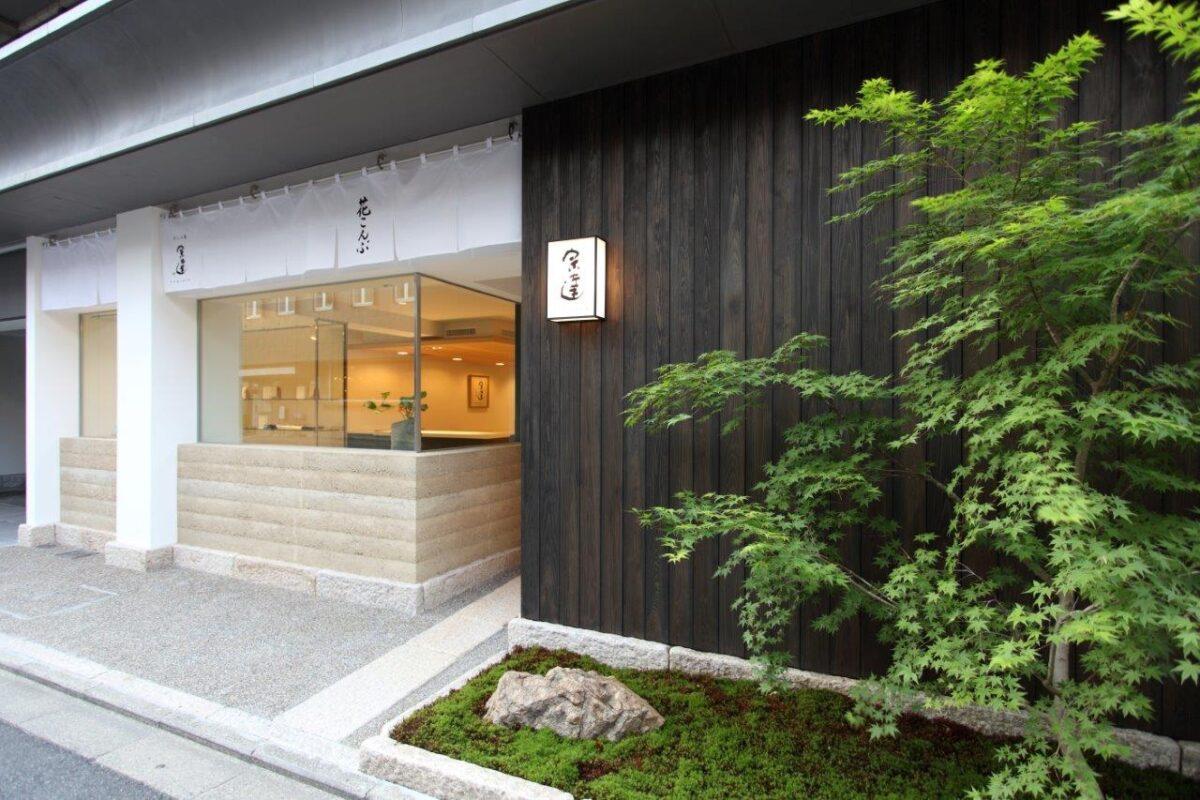


Garden stones should be selected while considering the balance of the tsuboniwa as a whole. If you place stones that are too oddly shaped or too large, only the garden stones may stand out.
If the tsuboniwa garden is to be as simple as a karesansui (dry landscape garden), the garden stones should also be of a modest design to avoid imbalance. For a compact tsuboniwa garden, smaller garden stones are recommended.
6-4. Lighting varies depending on the amount of branches and leaves
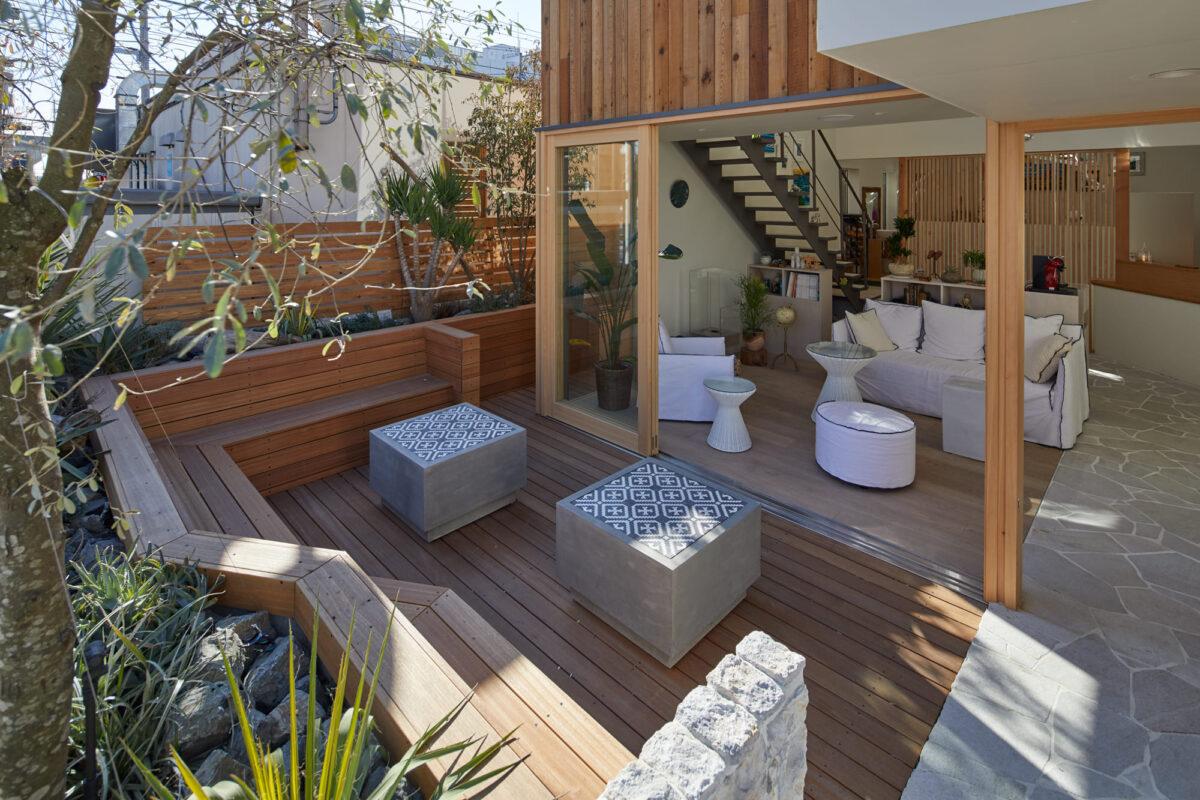


Lighting for tsuboniwa plants is used according to the amount of branches and leaves. If the amount of branches and leaves is normal or small, up-lighting from the bottom up is recommended. The light passes through the branches and leaves, making the tree appear brighter and more beautiful. Alternatively, shadow lighting, which illuminates the tree from a distance and casts shadows on a wall or fence, can be used.
Plants with a large amount of branches and leaves should be cross-lit, with multiple lights illuminating them from diagonally below. Even at night, the entire area can be seen clearly and the plants can be enjoyed. Choose lighting that matches the design of the plants to make tsuboniwa more fashionable.
7. 7 examples of beautiful tsuboniwa gardens
Here are some examples of actual tsuboniwa gardens created in a variety of designs.
7-1. Tsuboniwa in Western design
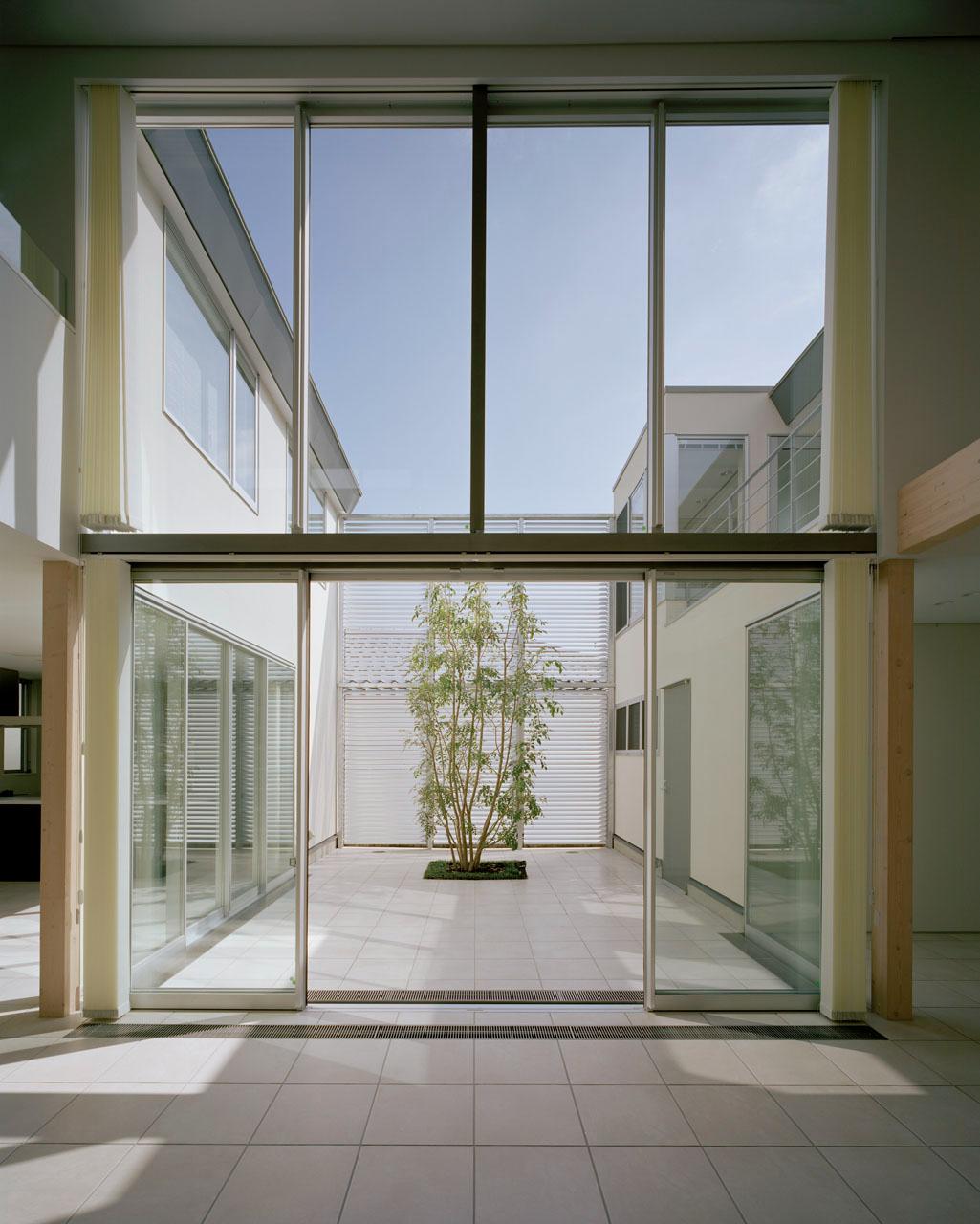


This beautiful tsuboniwa garden was created in a space surrounded by a modern design building and fence, and finished with floor tiles. This is a very useful example for those who want to create a tsuboniwa in a Western-style design.
7-2. A tsuboniwa garden with a karesansui arrangement
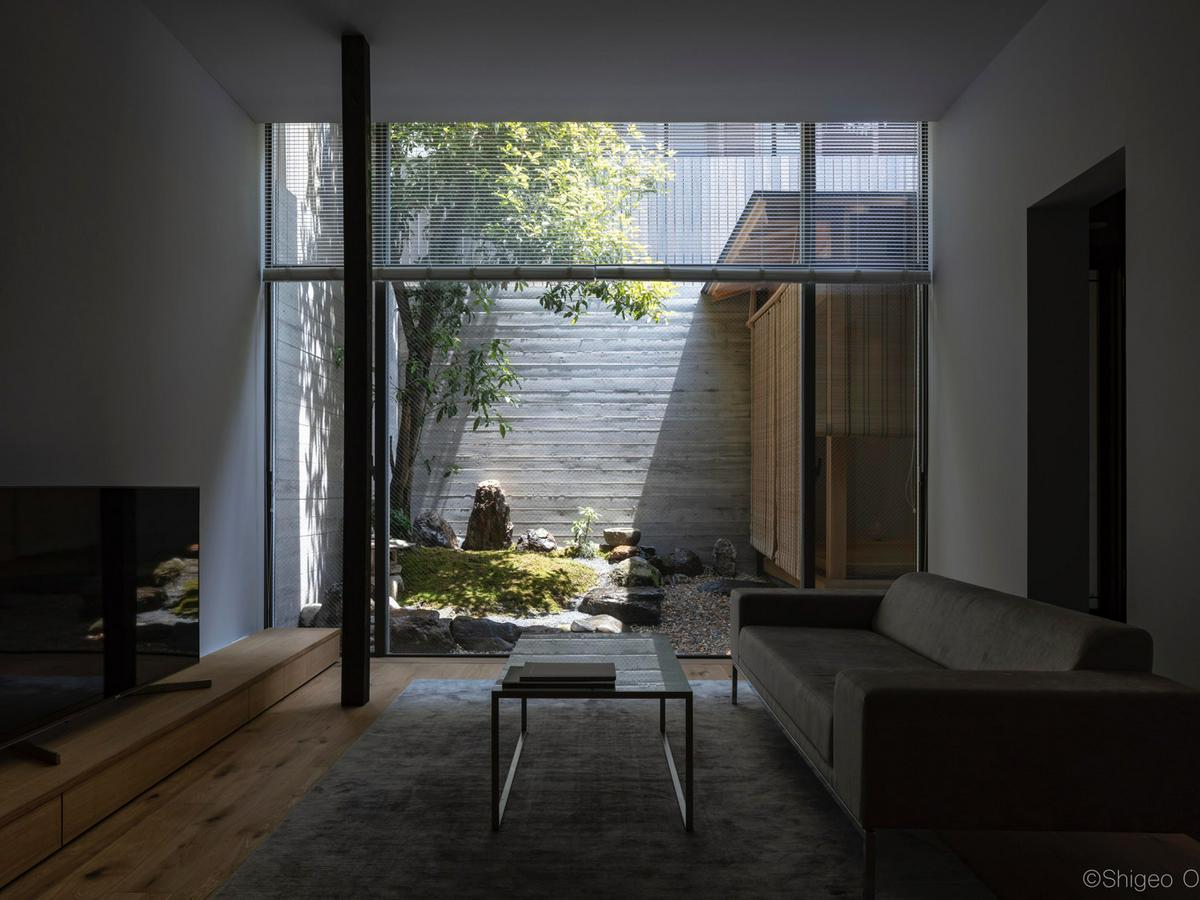


This tsuboniwa is a Western-style interpretation of the karesansui taste. The simple karesansui style is found to be compatible with Western-style living rooms. The way the light illuminates the plants and moss enhances the flavor of the tsuboniwa.
7-3. Japanese modern tsuboniwa garden incorporated into an old private house
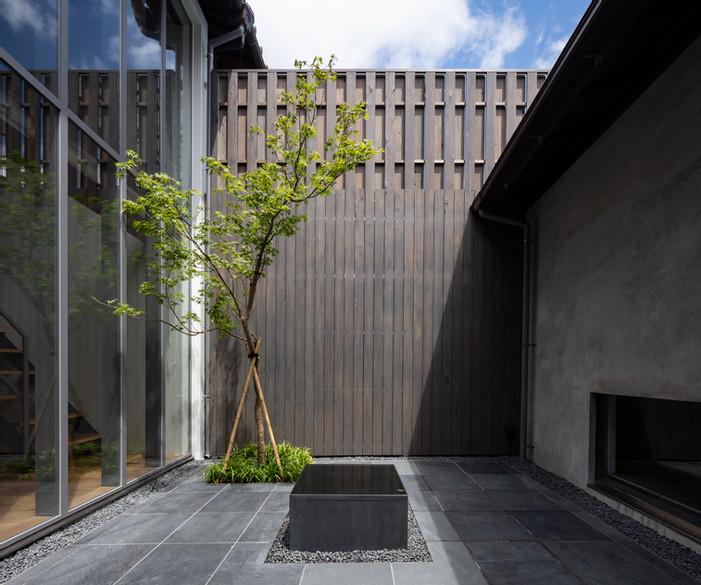


This is a modern Japanese tsuboniwa garden created in an old private house. Japanese materials such as the wooden fence in the front and the plaster-style exterior wall on the right are fused with the modern design of the garden stones in the center and the modern-style sash on the left to create an original Japanese modern space.
7-4. Tsuboniwa surrounding a wood deck
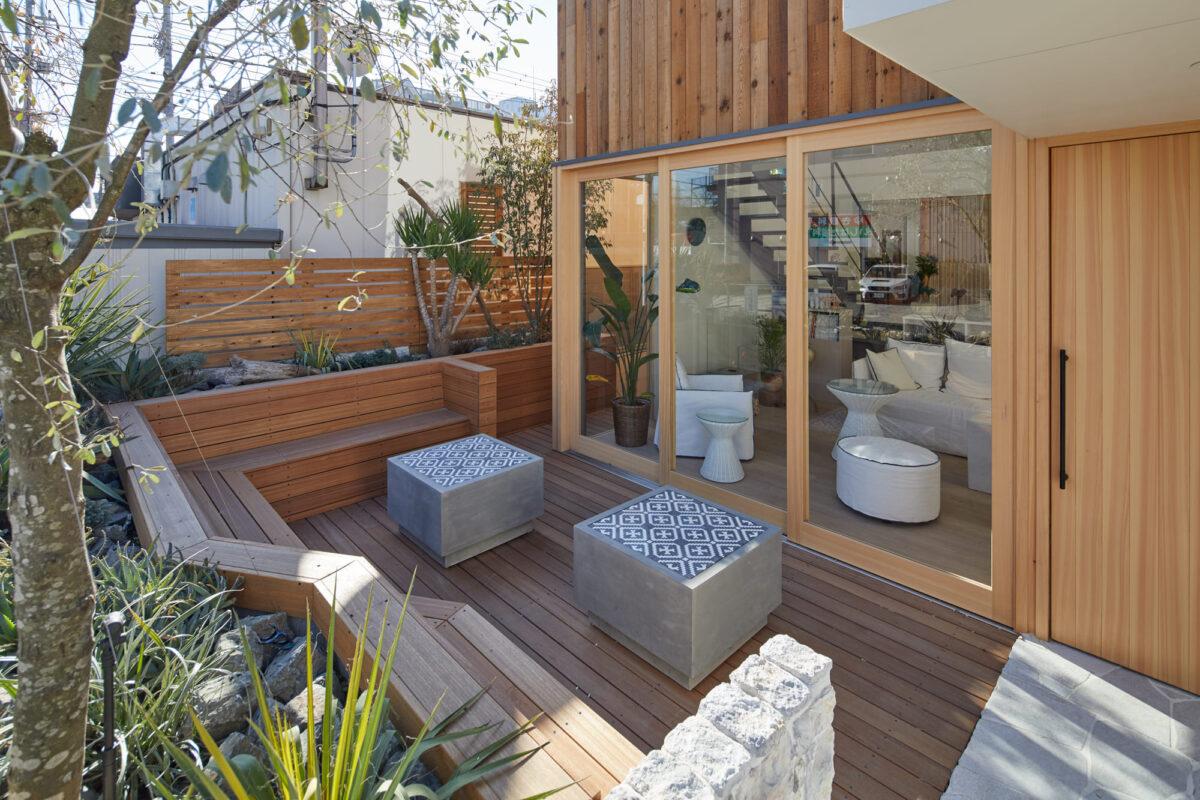


This is a long and narrow tsuboniwa (small garden) built around a wooden deck. It helps create an atmosphere of relaxation and a sense of nature. This example shows us that tsuboniwa can take many forms.
7-5. Tsuboniwa garden integrated with the living room
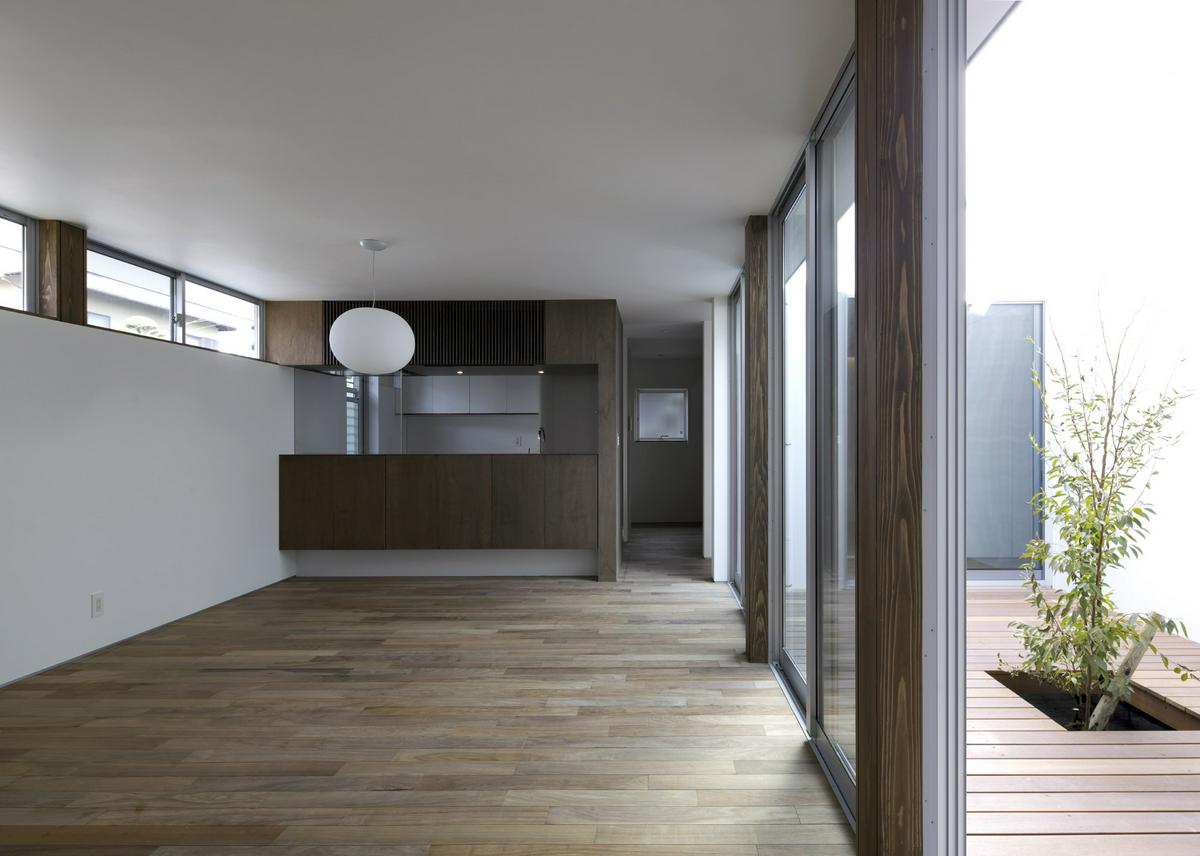


This tsubo-niwa garden is designed to be integrated with the living room. The wooden materials of the indoor floor, tsuboniwa-side wall, and kitchen create a connection with the tsuboniwa. The fact that the floor of the tsuboniwa garden is at the same height as the interior also enhances the sense of unity.
7-6. Tsuboniwa on a rooftop
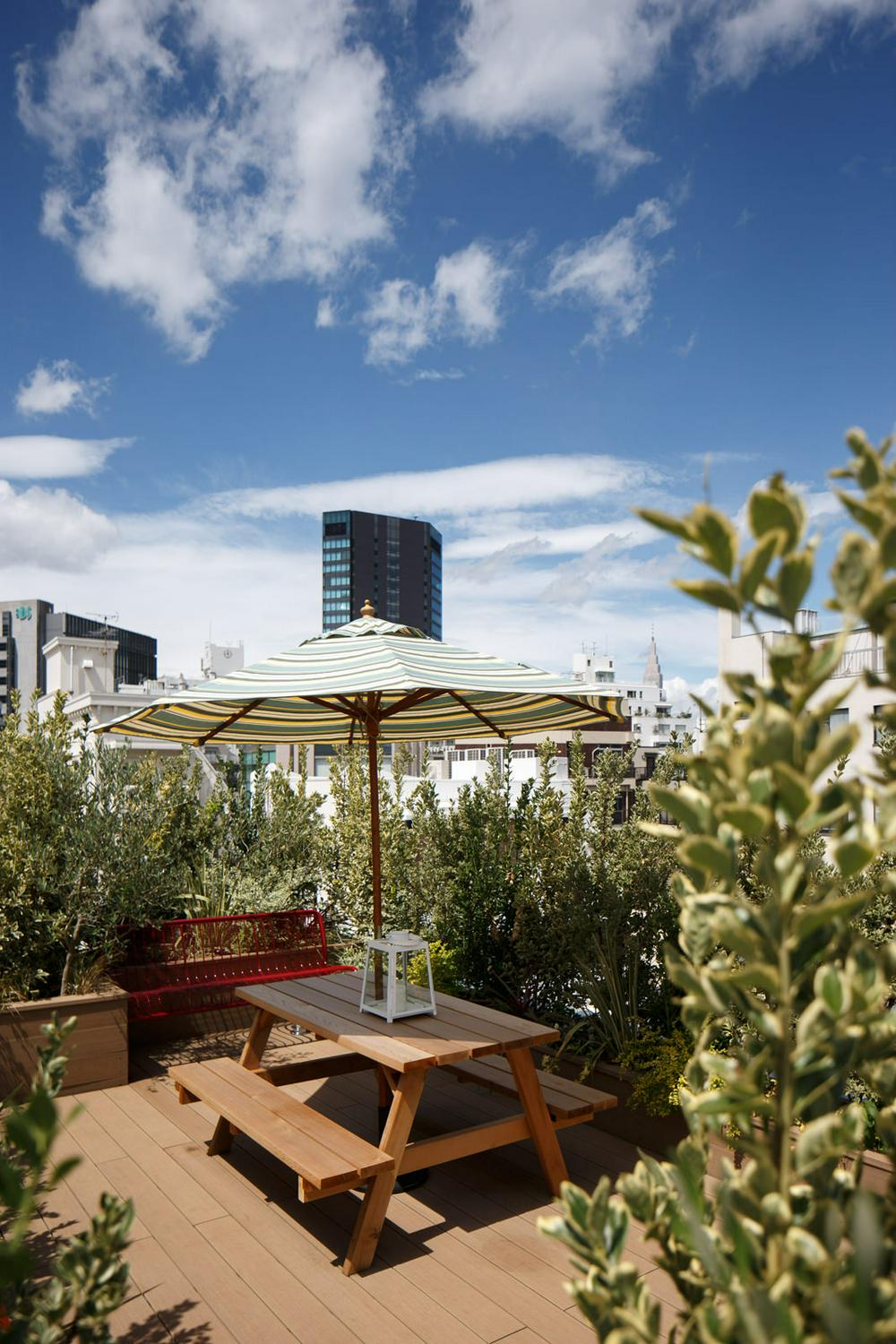


This tsuboniwa garden was created on the rooftop and offers a wonderful sense of openness in the sky above. Benches and parasols surrounded by plants and trees provide a beautiful display. Tsuboniwa can be freely imagined and designed, which allows wide variety of ways to enjoy the life at home.
7-7. A tsuboniwa garden utilizing balcony
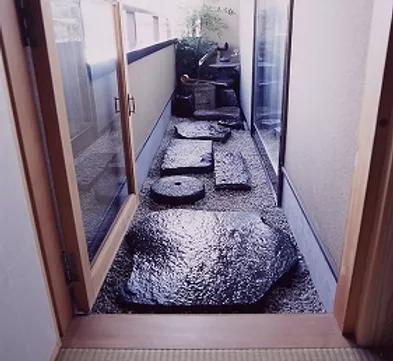


This is an example of a balcony turned tea garden connected to a tea ceremony room. The idea of using space effectively should also be applied to in tsuboniwa creation. Especially if the size of the site is limited, why not use tsuboniwa as a reference?
8. Summary
Tsuboniwa is a compact garden surrounded by a wall or fence, and the plants and garden stones in it are viewed and enjoyed from inside the house. It has the advantages of bringing light and air into the house and requiring less work than a large garden.
By following the key points and design tips for each location to be created, you will be able to create a more beautiful tsuboniwa.
If you work with an architect who has designed examples like the ones shown here, you can create an even more beautiful tsuboniwa. If you want to create a tsuboniwa garden where you can take a breath and relaxed looking outside, please consult with the architects introduced by japanese-architects.com for free.

